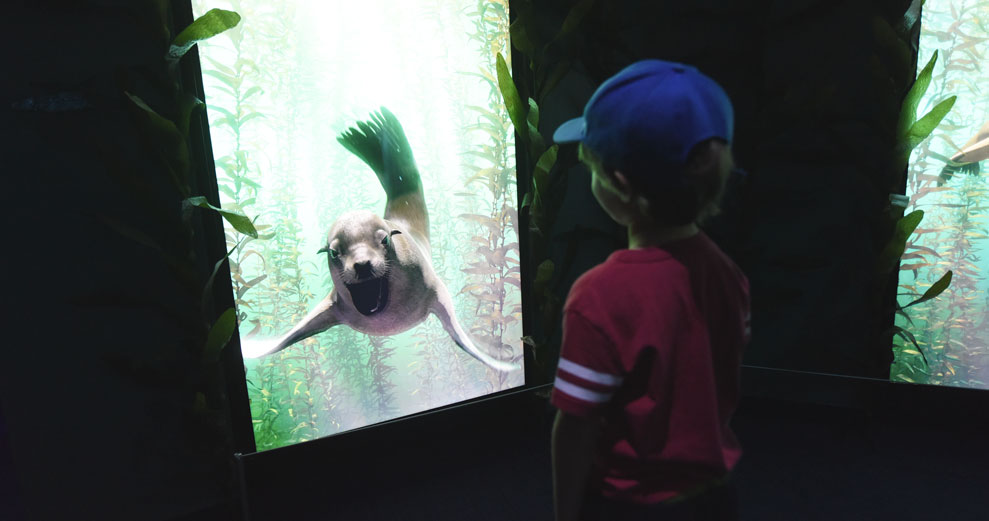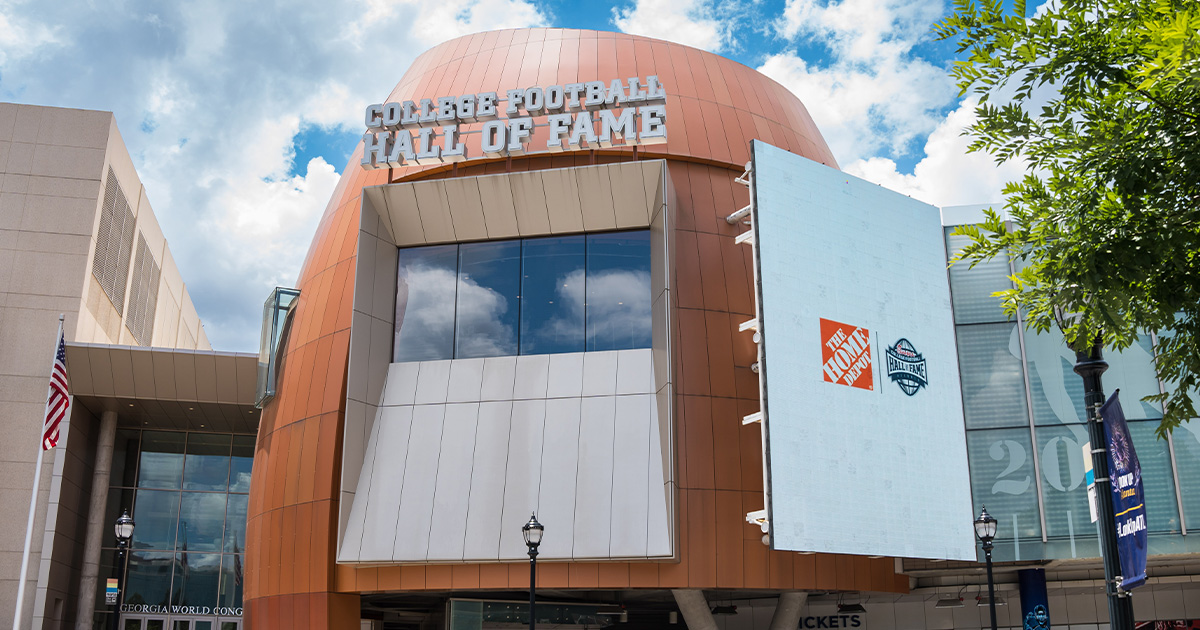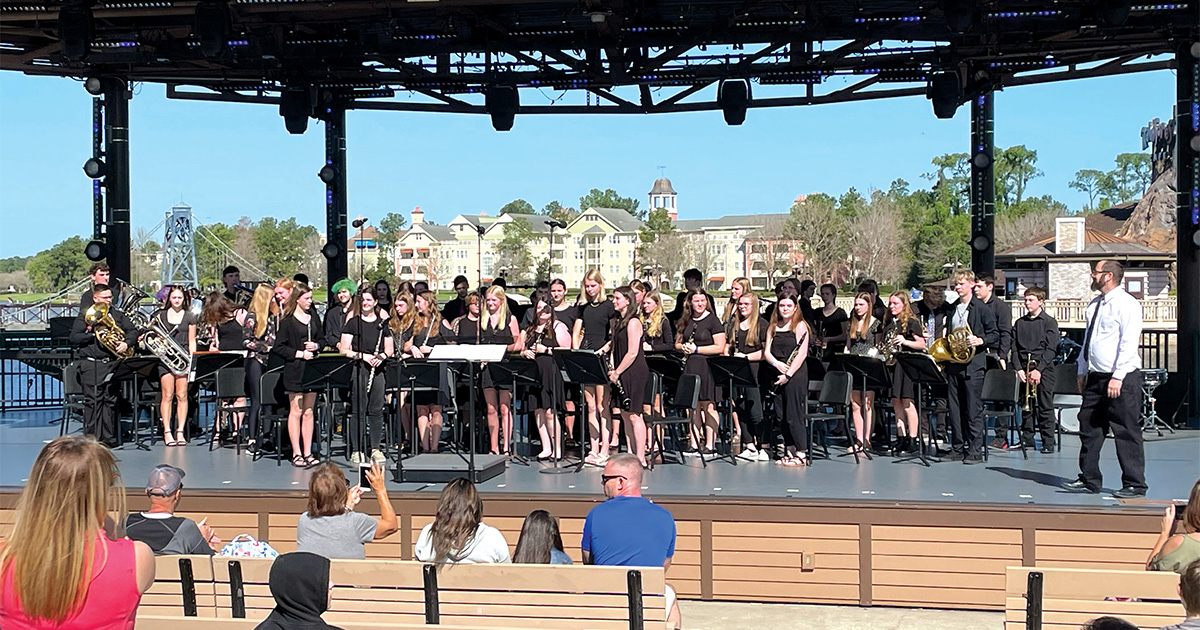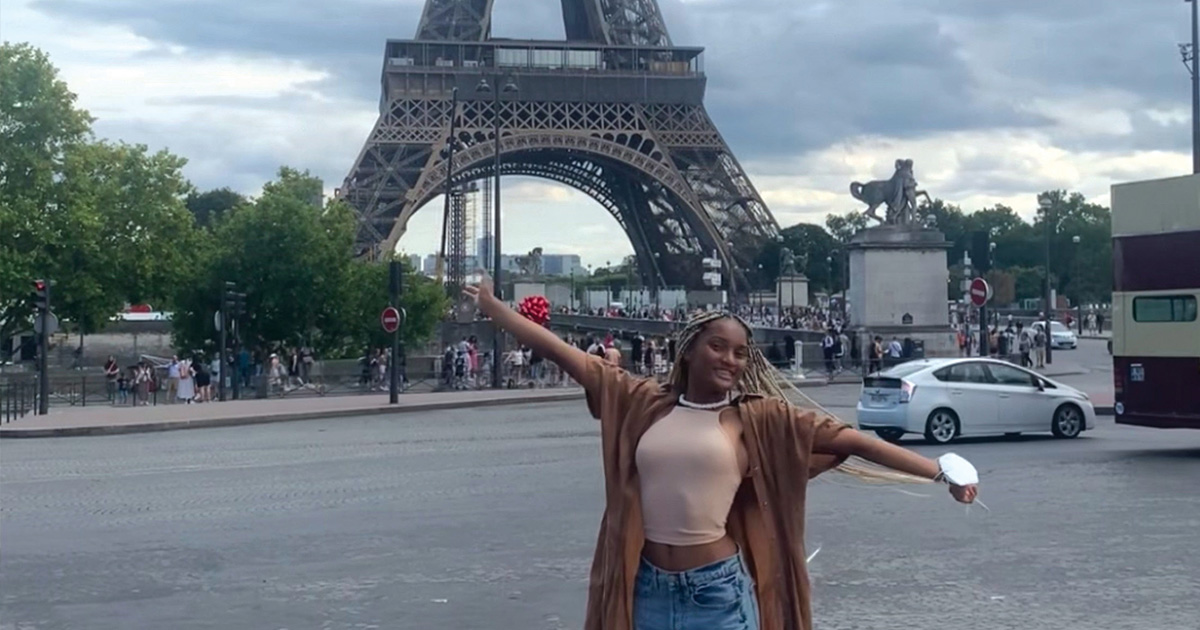National Geographic Encounter: Ocean Odyssey opened in Times Square in Fall 2017. The interactive underwater journey uses cutting-edge technology to transport students to places rarely witnessed in nature.
Lisa Truitt, Chief Creative Officer & Managing Partner of SPE Partners, creators and producers of National Geographic Encounter, offers a deep-dive into the new attraction and the lessons it offers students.
Why is National Geographic Encounter: Ocean Odyssey an excellent opportunity for student groups? What could they learn?
For the first time ever, students can walk through the iconic Yellow Border and step into a first-in-kind experience that takes them on a breathtaking undersea journey across the Pacific Ocean. We take you on a journey that begins off the coast of the Solomon Islands as the sun is setting and ends as you arrive on the West Coast of North America at dawn.
Students can start their voyage by “drifting” from the shallows of the Solomon Islands to the coral reef at night. From there, they journey to the deep ocean, where they witness a battle of two aggressive Humboldt Squids. They emerge from the dark and find themselves off the coast of California at daybreak, lost in a giant kelp forest. Students get the rare chance to interact with several playful sea lions before they follow a school of anchovies to the open ocean. Here, they witness an extraordinary feeding frenzy and the creation of a magnificent bait ball.
Students come face-to-face with life-size versions of a thresher shark, a great white shark, a giant humpback whale and many other sea creatures, including more than 120,000 fish. They then emerge from being “underwater” and enter our Exploration Hall, where they can learn about their journey, as well as all the creatures that they encountered along the way. Students will hear from National Geographic explorers, scientists and photographers, many of who inspired Encounter. They can play interactive games that challenge them to clean up the ocean and learn about coral reefs—and everyone will be invited to take an individual pledge to help make a difference in ocean conservation.
Many of us look at the ocean and see a flat surface. Yet, the ocean covers 70 percent of our planet and it is full of so many amazing things that very few students will ever see with their own eyes. We want to cross that boundary and take people to this incredible underwater world. We want to take them to places they might never have the chance to go. After all, how many people will ever get the chance to witness a battle between two Humboldt squids? Or get up close with a life-size version of a 50-foot Humpback whale? Or witness the arresting feeding frenzy that is part of the creation of a bait ball in the open ocean?
Well, they can get that experience here.
With Encounter, we also wanted to create something that enables people to form an emotional connection to the ocean, which can generate a real appreciation for not only its beauty, but for the need to love and care for it. It’s human nature to care for what we love. So, if this experience can create a love for the ocean, then we have a much greater chance that we, as a collective whole, will care for it. That is what our fragile ocean needs.
National Geographic Encounter is a powerful way to bring science to life for adults and kids. It also plays an important role in raising awareness of the vital importance of keeping our oceans healthy. Every part of National Geographic Encounter is scientifically accurate, and we worked with dozens of National Geographic scientists, researchers and photographers in its creation. In fact, Blockbuster new science—some of it not even published yet—was used in its creation. We are working with marine biologist, professor and National Geographic Emerging Explorer David Gruber, Chief Science Advisor to the experience, who specializes in bioluminescent and bio fluorescent marine animals.
All of this makes our experience that much more unique for students, because we believe that real stories from the real world can be just as entertaining as fiction. These stories that are grounded in science can be more amazing simply by virtue of the fact that you know they are real.
Are there any behind-the-scenes workshops or activities available for students to further enhance learning outside the classroom?
Yes. To extend the impact of Encounter, we are offering a free suite of companion educational resources to bring the experience to life before and after a classroom visit. We worked closely with National Geographic Society’s education department to create the material, which is developed to provide an educator background information on Encounter, activities to do in the classroom before a field trip visit, and extension activities for when they return from their field trip.
The activities are tied directly to what a student would experience at Encounter. Topics such as animal habitats and adaptations, bio fluorescence in coral reefs, and the perils of plastic and marine debris are all covered. There is even an activity for students to create their own message of marine conservation similar to Asher Jay’s Message in a Bottle art installation, which is showcased at Encounter. The resources also include access to a curation of National Geographic’s ocean-related content, which gives students and teachers the opportunity to leverage its vast library.
Furthermore, the content within the guides is aligned to teaching standards such as the Next Generation Science Standards, New York State Standards and the C3 Framework. We have three versions of the material to be used in different settings: the formal classroom, in-home schools, and summer programs and camps.
Edited by Cassie Westrate, staff writer for Teach & Travel.
Photo Courtesy of Diane Bondareff.




